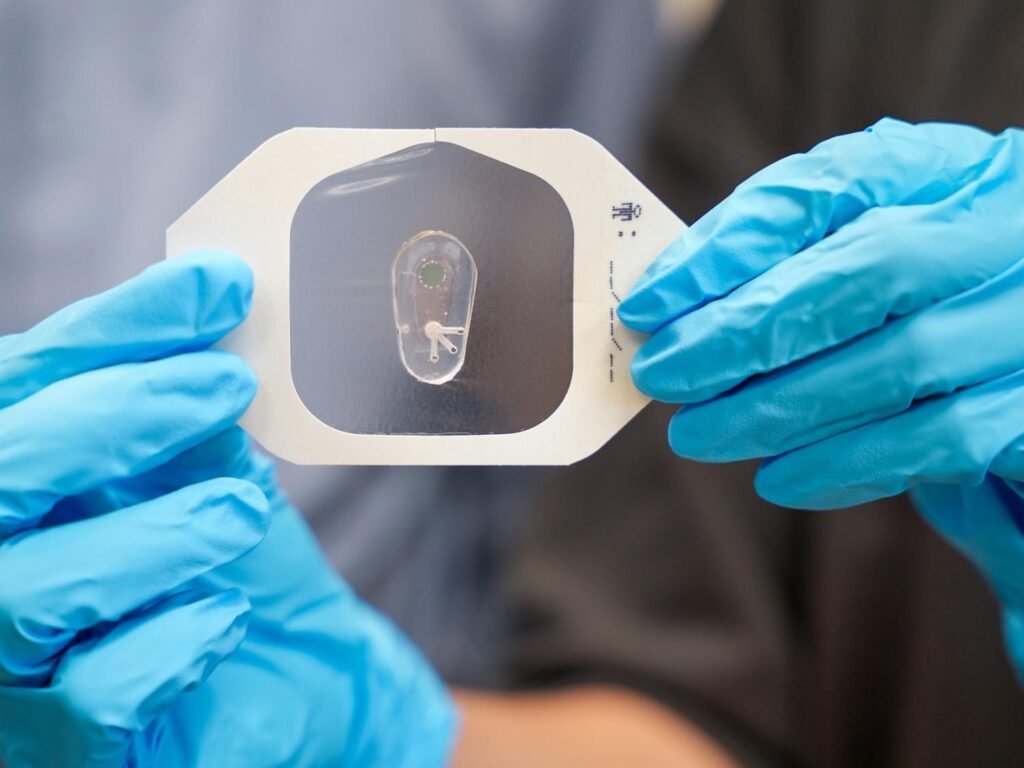Researchers at Penn State have developed a wearable sensor that can measure chloride levels in sweat with high precision, offering a fast and reusable way to help diagnose cystic fibrosis. The device uses a hydrogel-based design to track chloride ions in real time, providing a noninvasive alternative to traditional hospital-based testing.
Cystic fibrosis is a genetic disease that affects the lungs and digestive system, and one of its key biomarkers is elevated chloride levels in sweat. Current diagnostic methods require patients to visit a clinic for lab-based testing, which can be time-consuming and expensive. The Penn State team’s sensor attaches directly to the skin and provides instant readings during exercise, making it more accessible and efficient.
The sensor works by combining two types of hydrogel materials. One is rich in salt, mimicking the composition of sweat, while the other contains mobile cations that respond to changes in chloride concentration. When sweat enters the chamber, the difference in salt levels between the hydrogels generates a voltage signal. This open-circuit voltage (OCV) reflects the amount of chloride present and is graphed in real time using computer software.
Unlike colorimetric sensors, which can only give one reading before needing replacement, or potentiometric sensors, which rely on expensive membranes and have limited sensitivity, the Penn State design offers excellent reversibility and high accuracy. It can detect small fluctuations in chloride levels and produce readings in under 10 seconds. The sensor’s performance reached 174 millivolts per decade, nearly triple the theoretical limit of conventional designs.
To prevent water from degrading the hydrogel’s performance, the researchers added a protective PVDF-HFP film that acts as a barrier. This stabilizes the sensor and ensures consistent readings even during intense physical activity.
The team tested the device both off-body and during exercise, confirming its accuracy and reliability. While the sensor was designed with cystic fibrosis in mind, the researchers believe it could be adapted to detect other biomarkers in sweat, such as glucose or electrolytes, for broader health monitoring.
Article from Penn State: Breaking a sweat: Using chloride in sweat to help diagnose cystic fibrosis
Abstract in Biosensors and Bioelectronics: Hydrogel-based sweat chloride sensor with high sensitivity and low hysteresis

